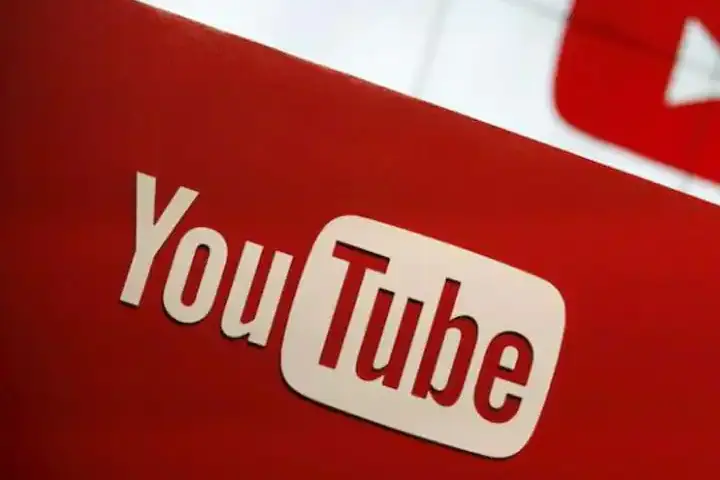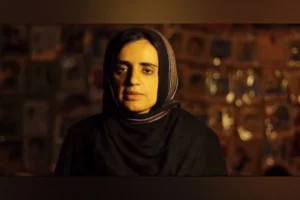Equipped with necessary powers after an amendment in the guidelines and rules of the Information Technology (IT) Act 2000, the Union Ministry of Information and Broadcasting (I&B) has banned 20 Youtube channels and websites which, according to the two orders issued on Tuesday, were running a concerted campaign of propaganda and disinformation against India.
Previously, for years, all such orders to block websites could only be issued by the Ministry of Electronics and Information Technology or the Department of Telecommunication under the archaic Indian Telegraph Rules, 1951, or the IT Act. With the new national security challenges surfacing in cyberspace and many of the archaic laws and rules failing to prove a deterrent, an amendment in the rules notified on 25 February 2021, has shifted the responsibility to the I&B Ministry.
The two orders to block the YouTube channels and websites were issued by I&B Secretary Apurva Chandra, invoking his emergency powers under the Information Technology (Intermediary Guidelines and Digital Media Ethics Code) Rules.
Traditionally the I&B Ministry was, among other portfolios, entrusted with the responsibility of issuing licences for radio and television channels and monitoring and regulating their content. It also operated under the provisions of the Cable Television Networks (Regulation) Act 1995. However, most of the conventional laws and rules were limited to broadcasting through cable, microwave, terrestrial medium and satellite.
In the last three years, the Government of India has managed to block certain websites, Twitter handles and Facebook accounts engaged in “anti-India propaganda”. In some cases, these half-baked actions have proved to be flippant. However, certain actions to neutralise cyber threats from China have had an impact. Citing security interests, the Indian Government on 29 June 2020 banned 59 Chinese mobile apps, under section 69-A of the IT Act. On 24 November 2020, 43 more Chinese mobile apps were banned.
Even the IT Act makers had little idea of what the internet would lead the world to in the near future—the Fifth-Generation Warfare (5GW), for example. A recent phenomenon, 5GW is conducted primarily through non-kinetic military action such as social engineering, misinformation, cyberattacks, along with emerging technologies like artificial intelligence and fully autonomous systems.
Being at the receiving end of terrorism and low-intensity warfare for over 40 years now, India, an electoral democracy, has been perceived to be a lame duck by the 5GW hunters trolling and targeting patriotic voices and spreading disinformation through the widely uncontrolled internet. A number of actions have been taken by the Government of India in the last 5 years but few have proved to be effective. For example the virulent website ‘Kashmirfight’ which operated through WordPress is continuing for the whole world even after India got it blocked.
The Jammu and Kashmir Police had, earlier in 2021, filed one FIR and claimed the arrest of all the actors, including the kingpin, operating the anti-India blog. However, the prosecution has failed to establish charges and the court has noted that no evidence has been presented against the accused.
In recent times a well-organised campaign in cyberspace to denigrate the Chief of Defence Staff Gen. Bipin Rawat, immediately after his death in an air crash, is said to have rattled mandarins in the top echelons of the Government of India. Some actors like Sabbah Haji in Doda, J&K, have been arrested and FIRs have been filed against them. Amplifying a campaign, which the officials say was operated from Pakistan, Haji had described Gen. Rawat as ‘war criminal’. Gen. Rawat is known as an architect of the Indian surgical strikes inside Pakistan.
“The channels were used to post divisive content in a coordinated manner on topics like Kashmir, Indian Army, minority communities in India, Ram Mandir, General Bipin Rawat, etc,” the I&B Ministry said in a statement.
Among the 20 YouTube channels ordered to be blocked are those launched by The Naya Pakistan Group (NPG), operating from Pakistan, which has a network of YouTube channels and a combined subscriber base of at least 3.5 million. Their videos have had over 550 million views, the ministry said. “Some of the YouTube channels of the NPG were being operated by anchors of Pakistani news channels”.
The 20 channels banned by the Centre include The Punch Line, International Web News, Khalsa TV, The Naked Truth, News 24, 48 news, Fictional Historical Facts, Punjab Viral, Naya Pakistan Global and Cover Story. Kashmir Global and Kashmir Watch are also among the proscribed websites.
According to I&B minister Anurag Thakur, an inquiry was conducted to assess the attempts of the anti-India content from across the border. “These channels and web portals were in violation of the law,” he said. “Strict action has been taken against websites which seek to promote Pakistan’s agenda and prevent them from working against India.”
According to the government, The Punch Line claimed in one report that 20 Indian Army generals were killed at a training facility in Kashmir by “Kashmiri mujaheddin”. Another report in the same channel claimed Turkish President Tayyip Erdogan having decided to build a mosque in place of Ram Mandir in Ayodhya. A report in Naya Pakistan Global channel claimed that the North Korean leader Kim Jong-un had sent his army to Ayodhya.
“And whereas, after having gone through the information published by the aforementioned websites, I am satisfied that information posted on the above-mentioned websites is detrimental to the sovereignty and integrity of India, defence of India, and security of the state, and therefore falls within the ambit of section 69(A) of the IT Act,” I&B Secretary to the Department of Telecommunication.
The new rules, which introduced an ethics code for digital media, required the appointment of grievance redressal officers, the creation of a three-tier mechanism for grievance redressal with an inter-ministerial committee at its apex , and defined the process to be followed by the I&B ministry on dealing with content that violates the code. This order will be put up to the inter-departmental committee for review. The inter-departmental committee forms the apex of the three-tier redressal mechanism, which includes a self-regulatory mechanism followed by regulation by industry bodies.
Also Read: Amit Shah’s visit unlocks roadmap for new Kashmir



















